Dionysius the Areopagite Converting the Pagan Philosophers (1570s)
Dionysius the Areopagite Converting the Pagan Philosophers (1570s)
Couldn't load pickup availability
Share
Most people see "Dionysius the Areopagite Converting the Pagan Philosophers" as a grand historical scene, a relic of Renaissance drama. But those who truly understand Antoine Caron’s genius see something more—a visual symphony of shifting power, belief, and intellectual upheaval, captured in his signature elongated style. This isn’t just a depiction of a conversion; it’s a study of persuasion, resistance, and the weight of ideas.
Caron, a master of Mannerism, orchestrates the composition like a theatrical performance. The figures are stretched, their gestures exaggerated, as if caught between enlightenment and defiance. The architecture looms, framing the moment as both monumental and intimate. It’s a world in flux—where philosophy collides with faith, and the old order teeters on the edge of something new. His palette, restrained yet rich, amplifies the tension, making every expression, every posture, a revelation.
Step closer, and you’ll find the real magic. The way light touches the robes, emphasizing the divide between knowledge and doubt. The almost surreal distortion of space, pulling you deeper into the unfolding drama. It’s the kind of piece that rewards those who take the time to really look, to decipher its layers, its coded elegance.
If you know, you know. And now, that quiet understanding can be part of your space.
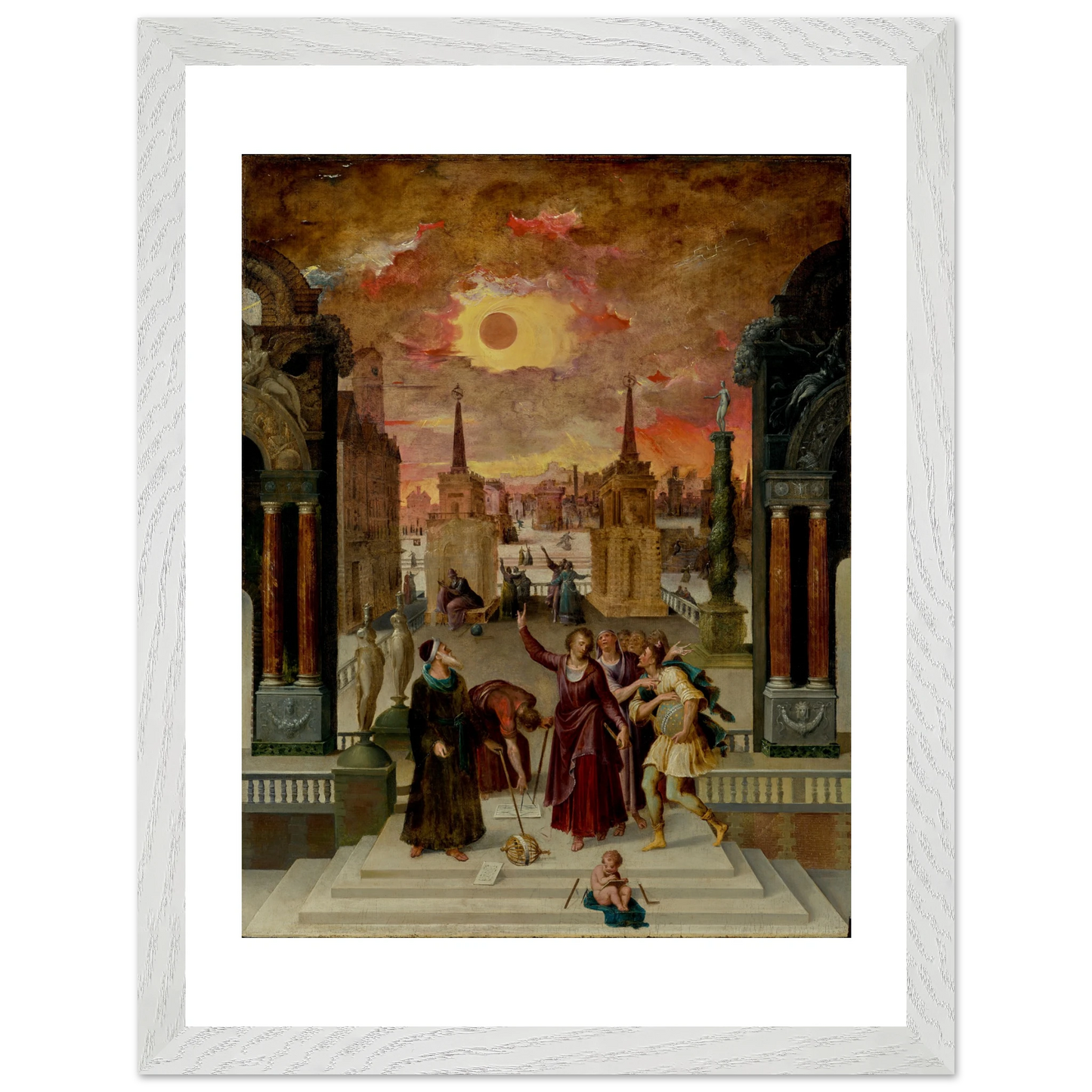
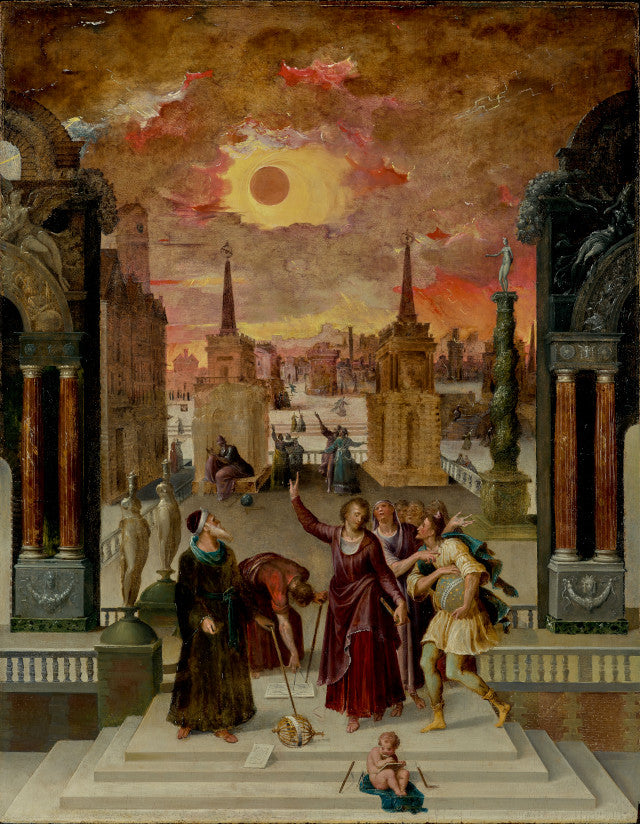
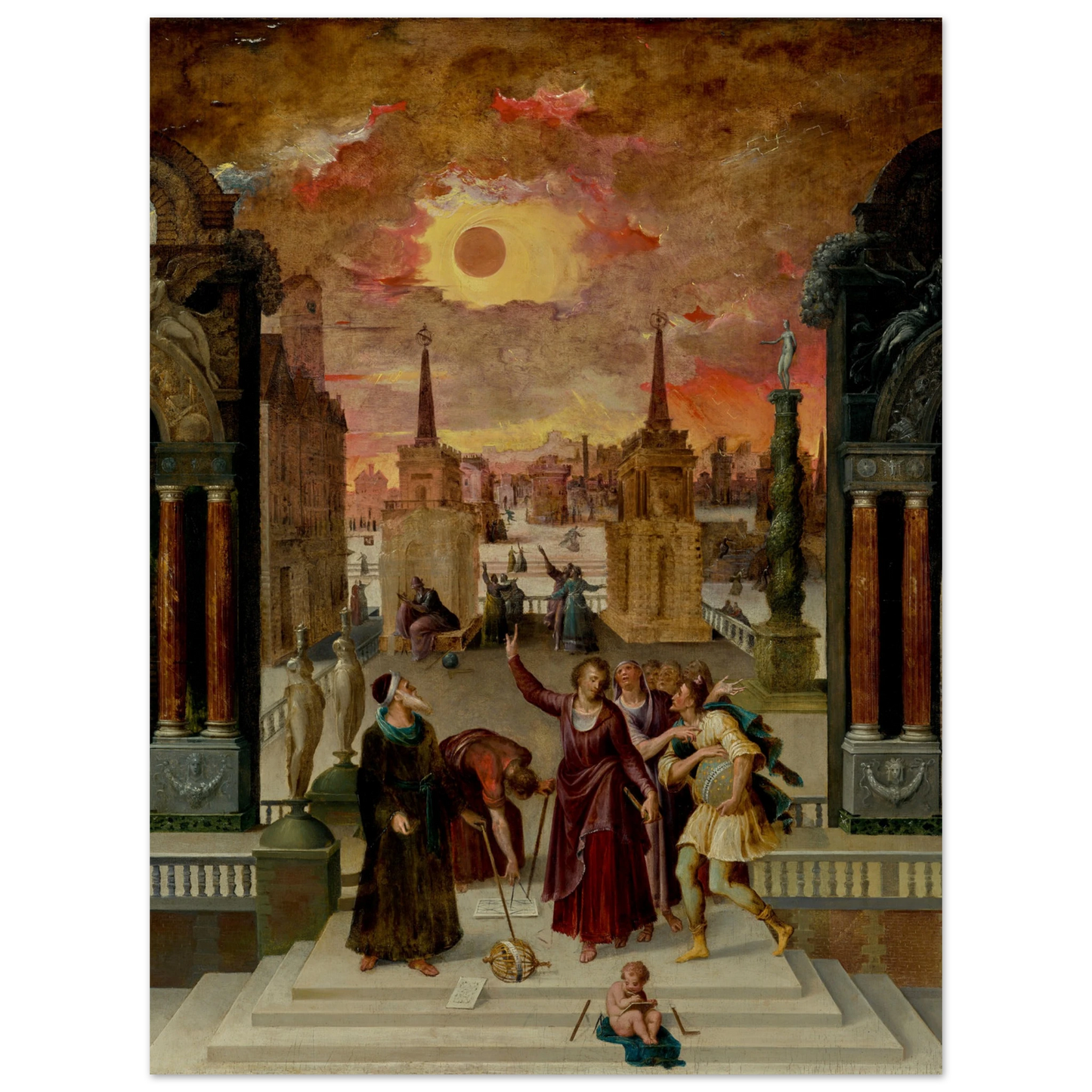
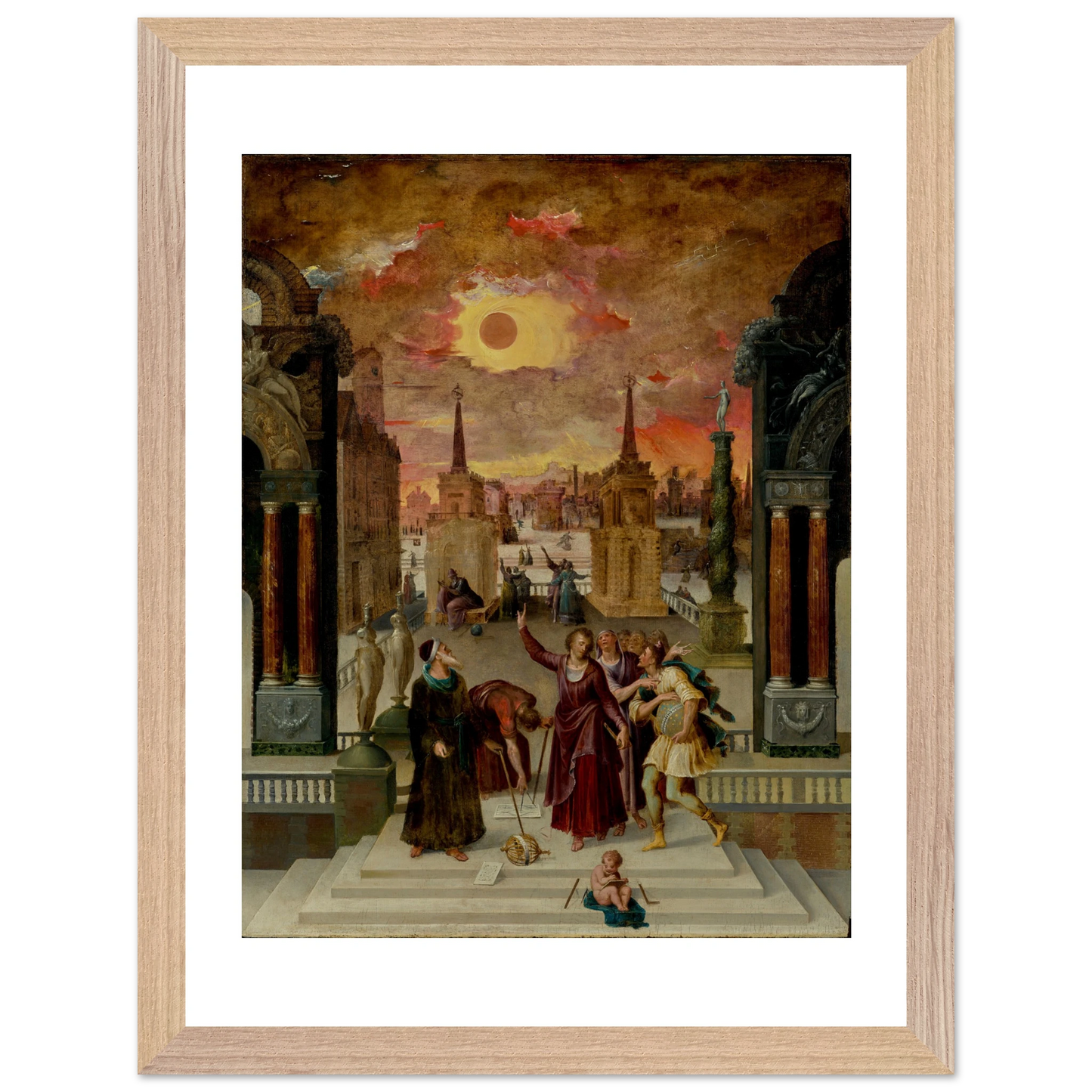
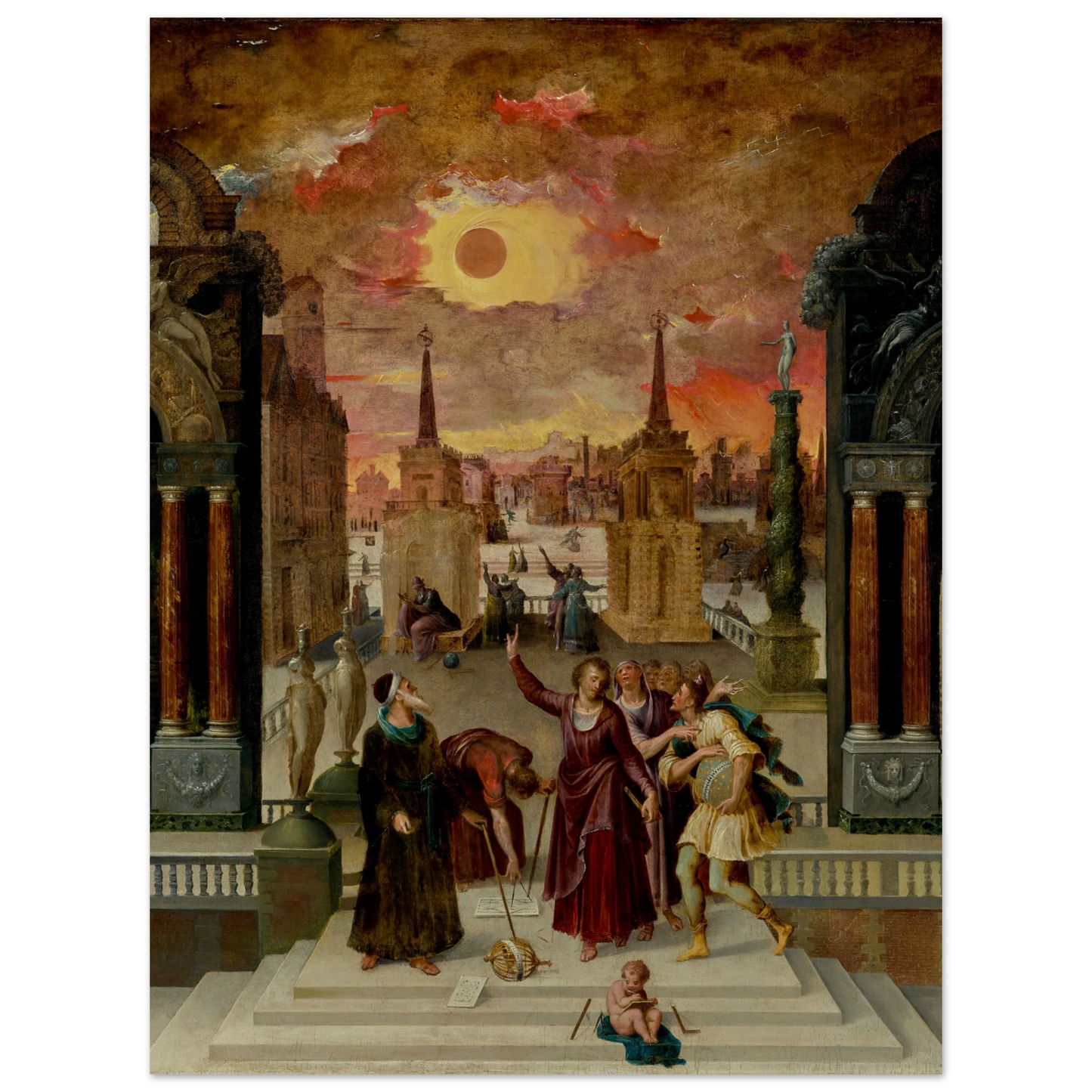
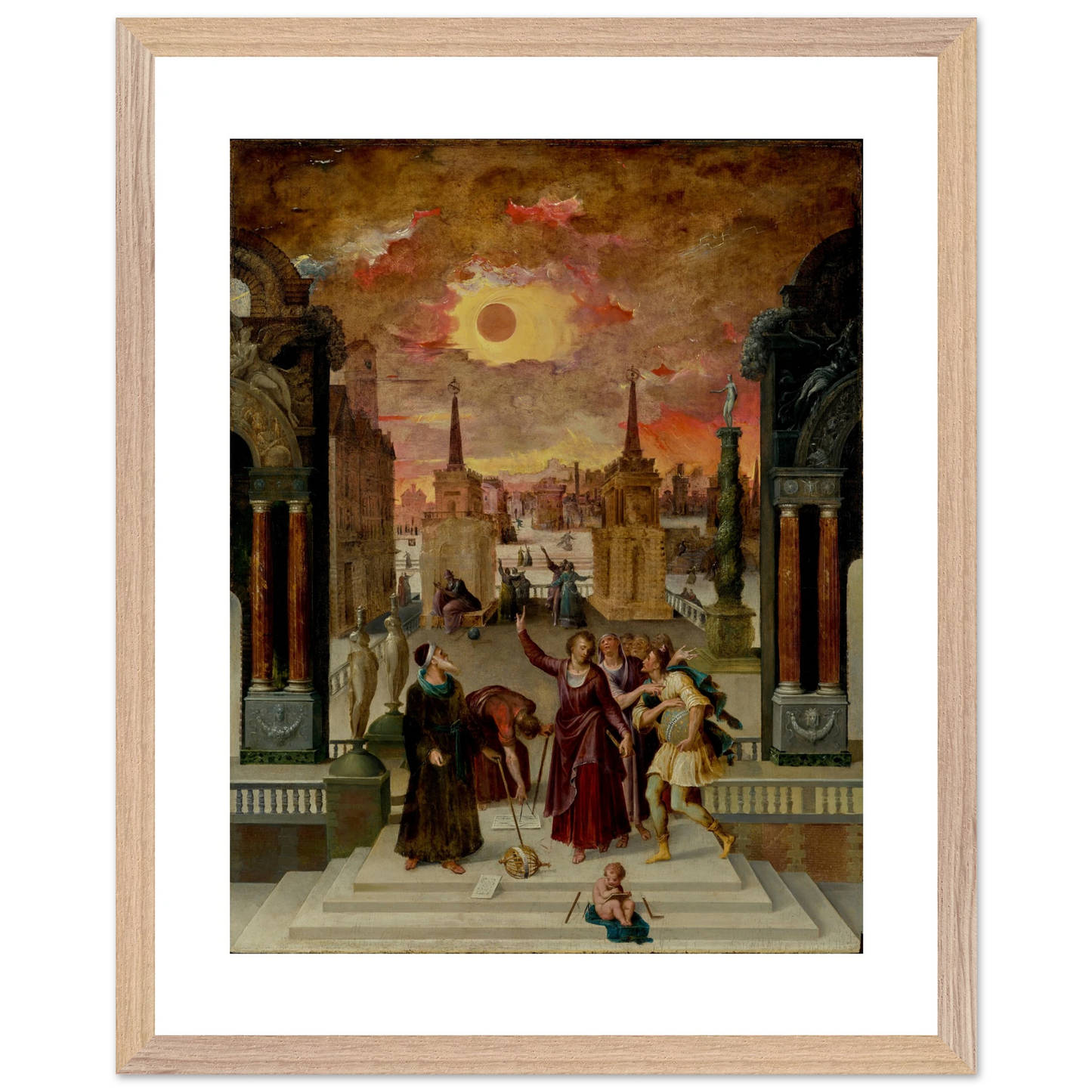

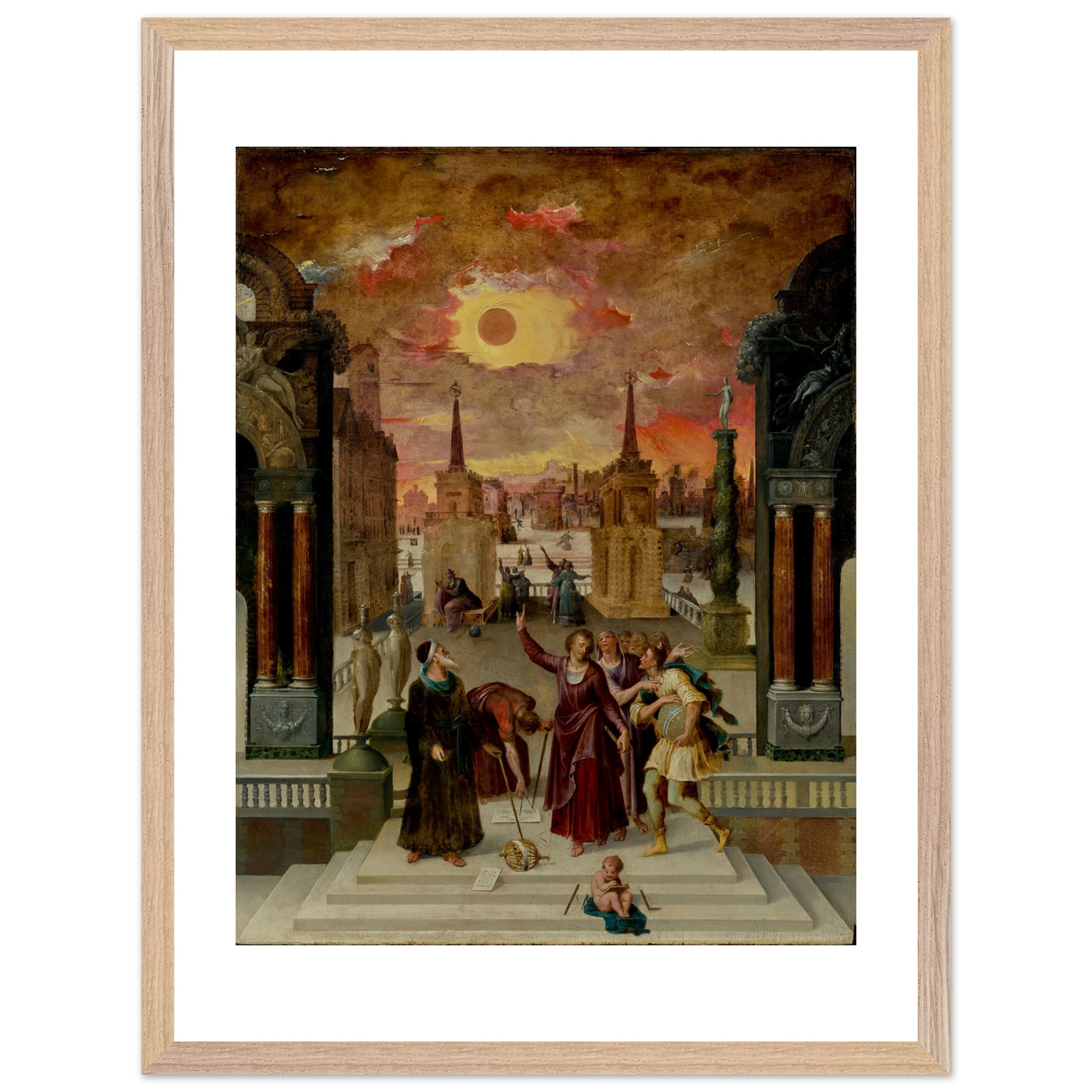
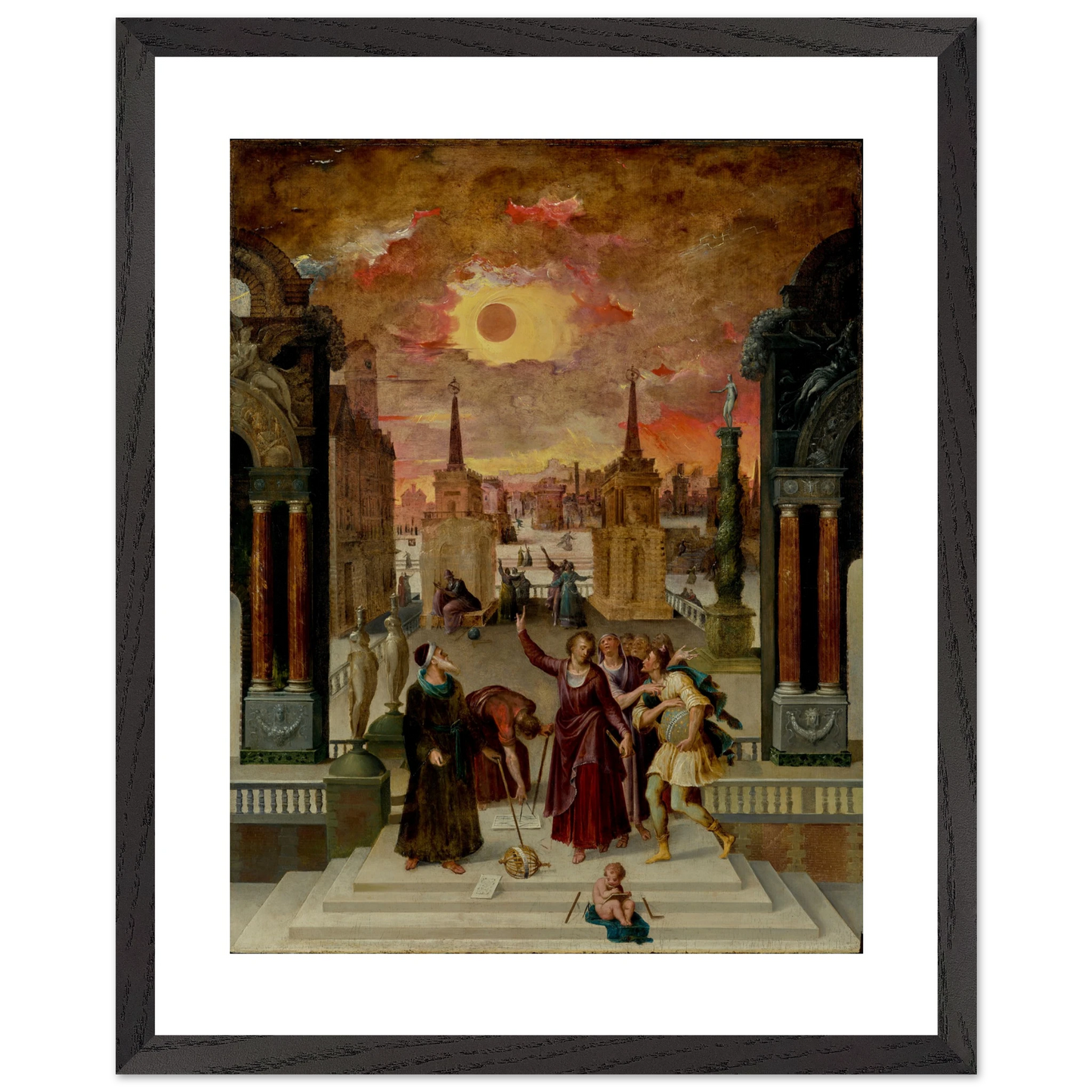
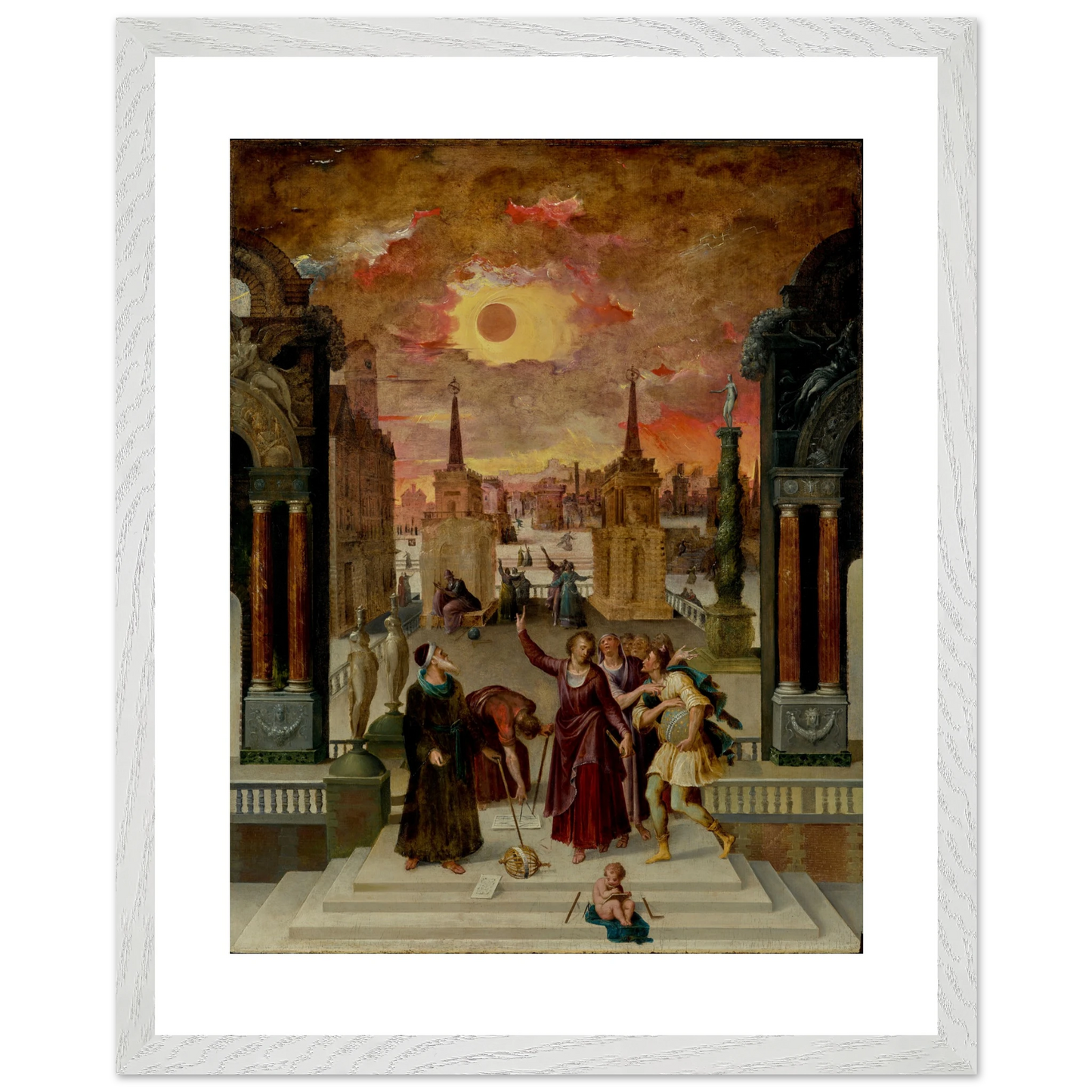
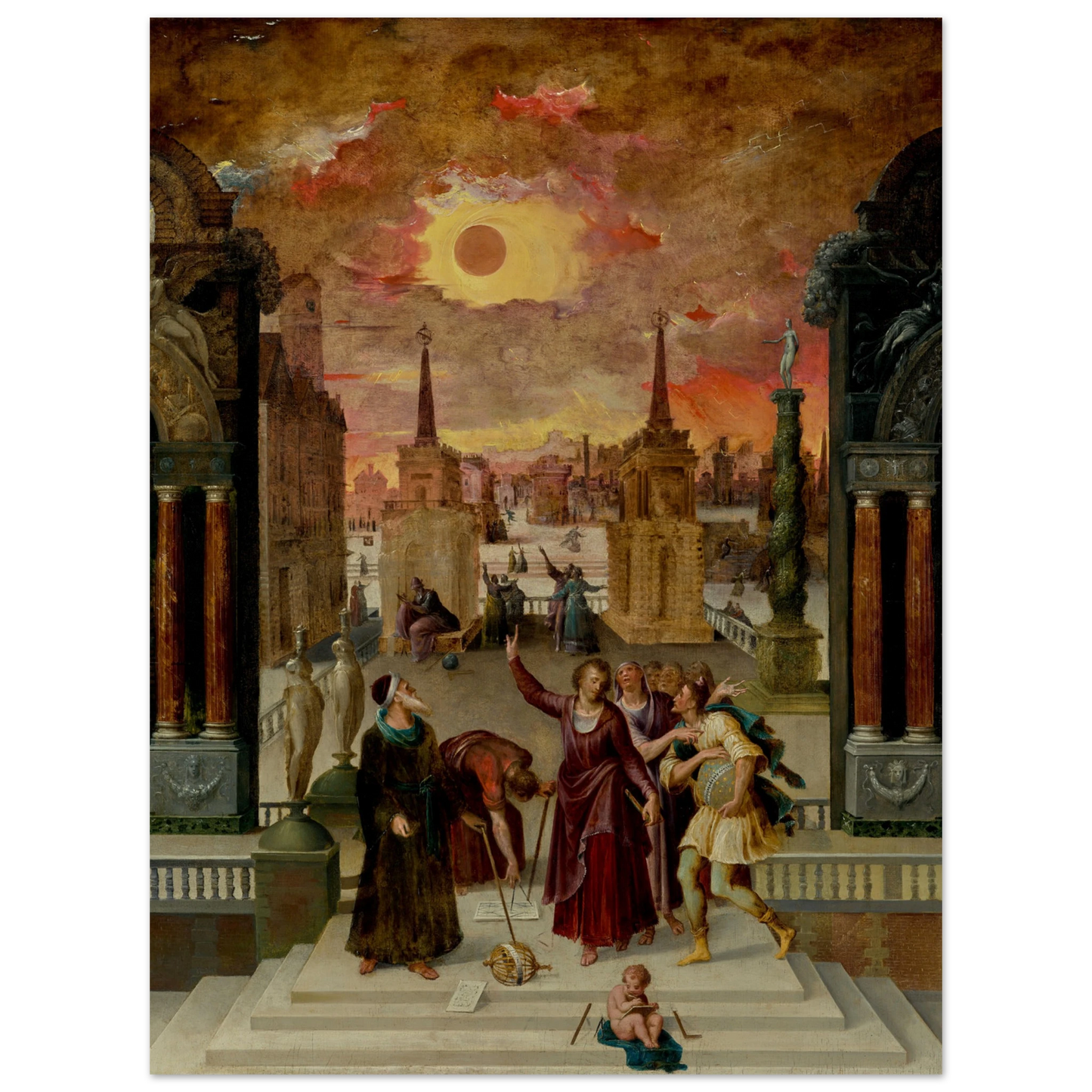
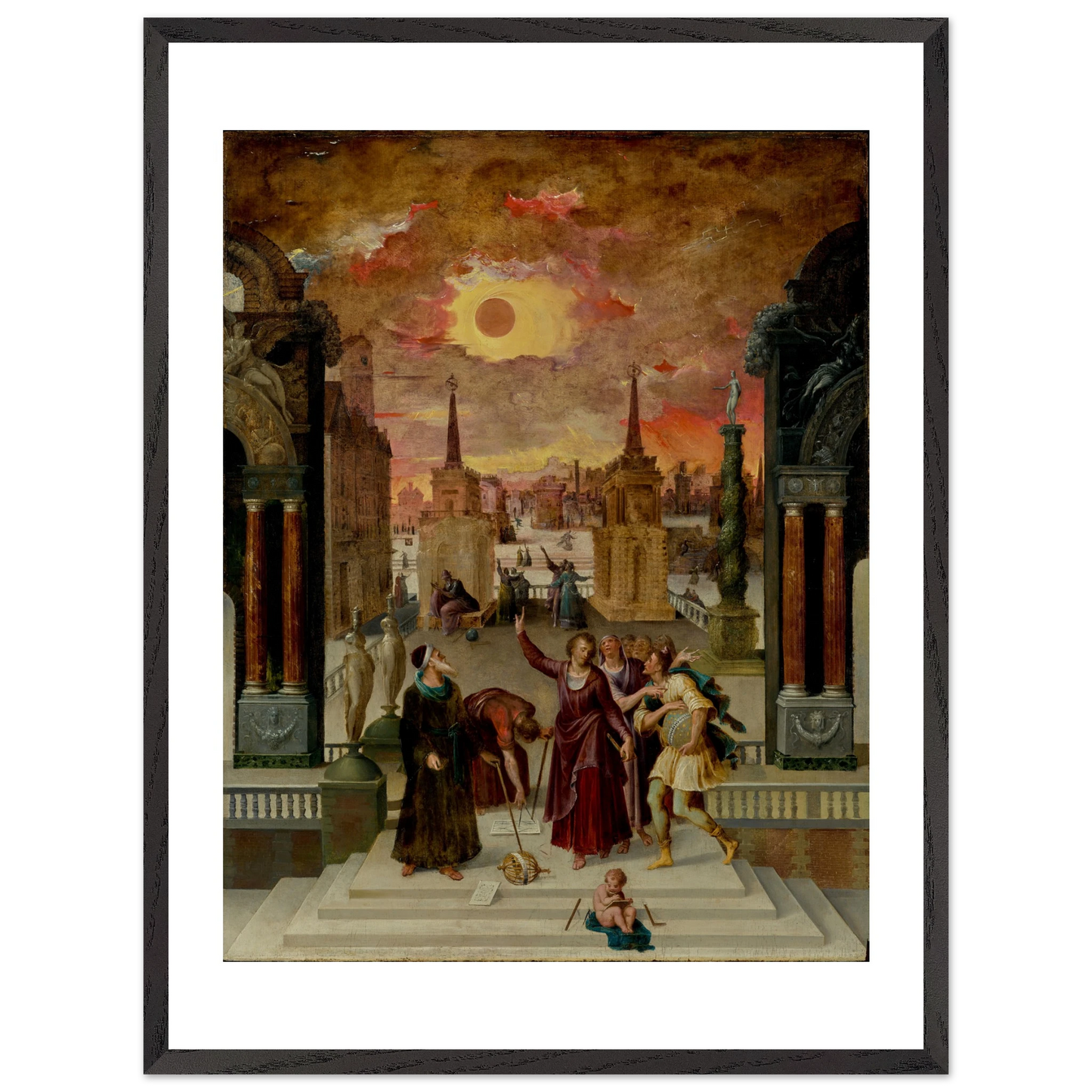
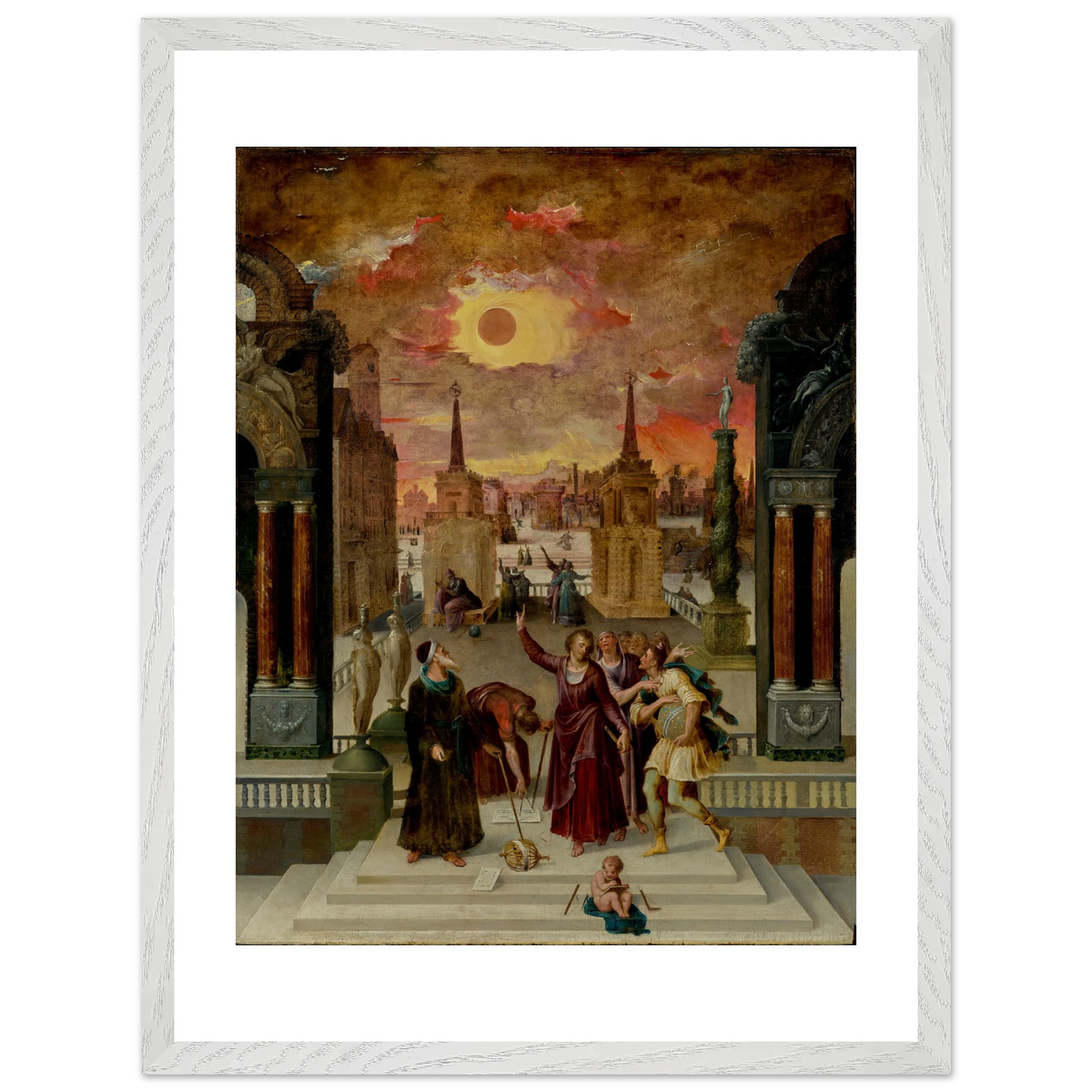

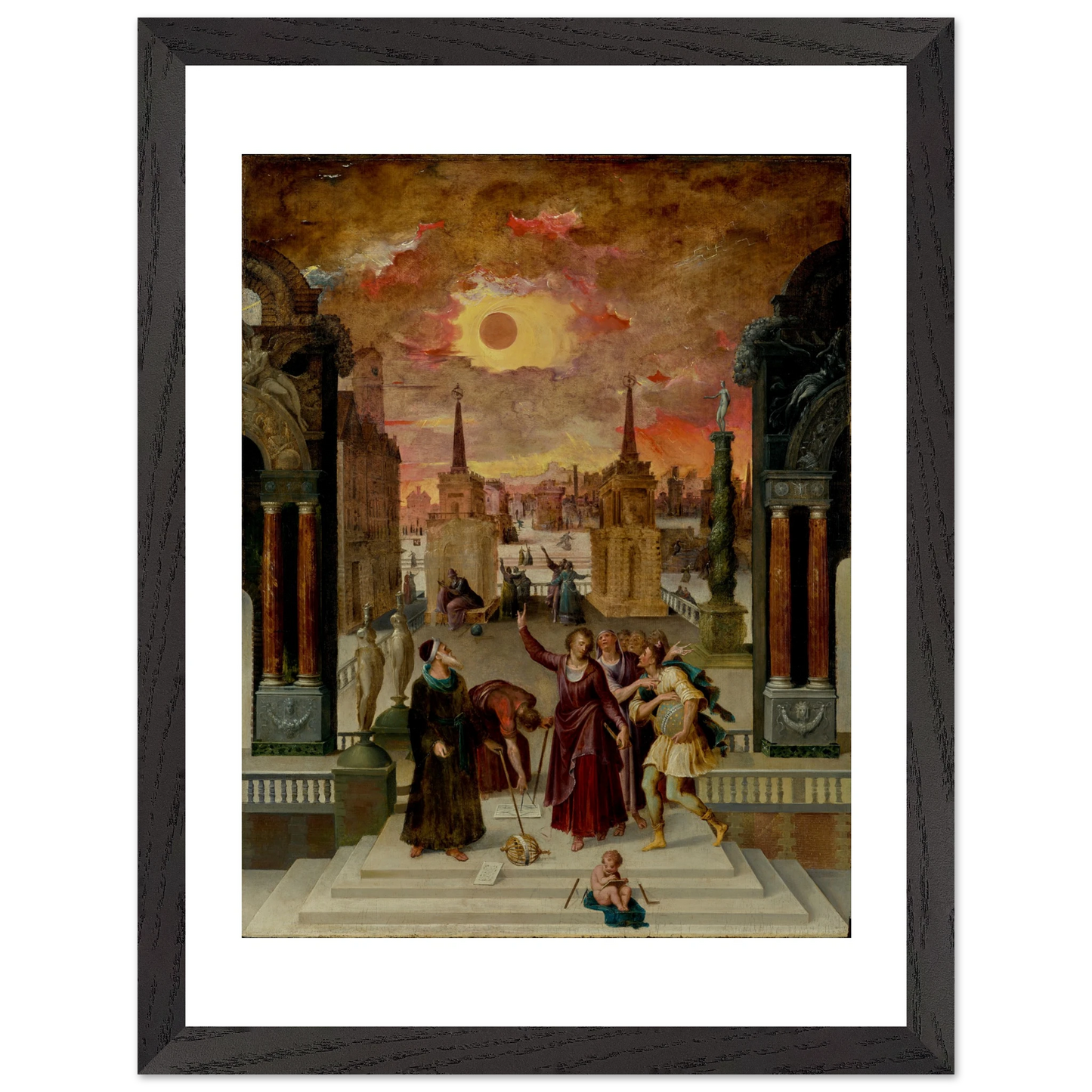
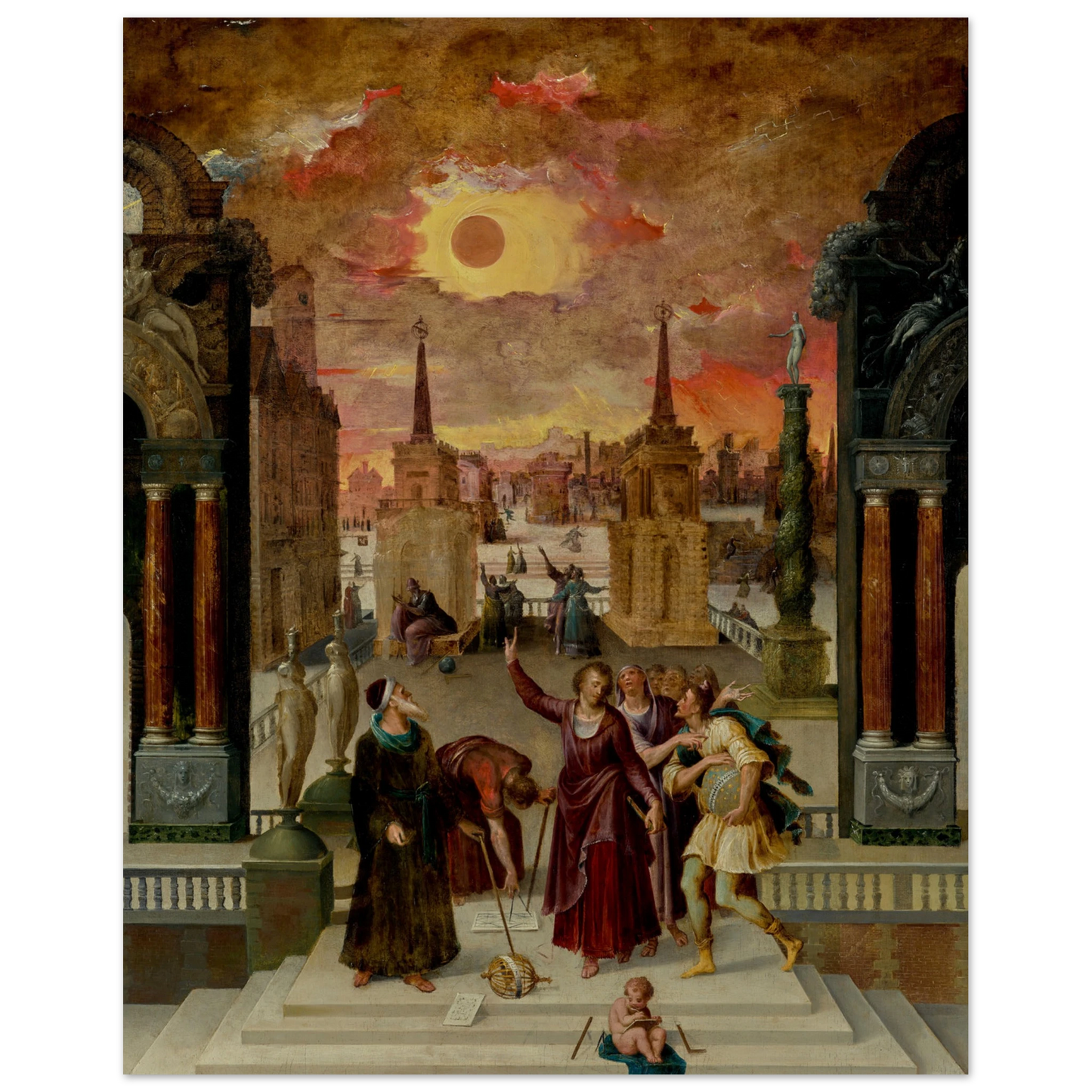
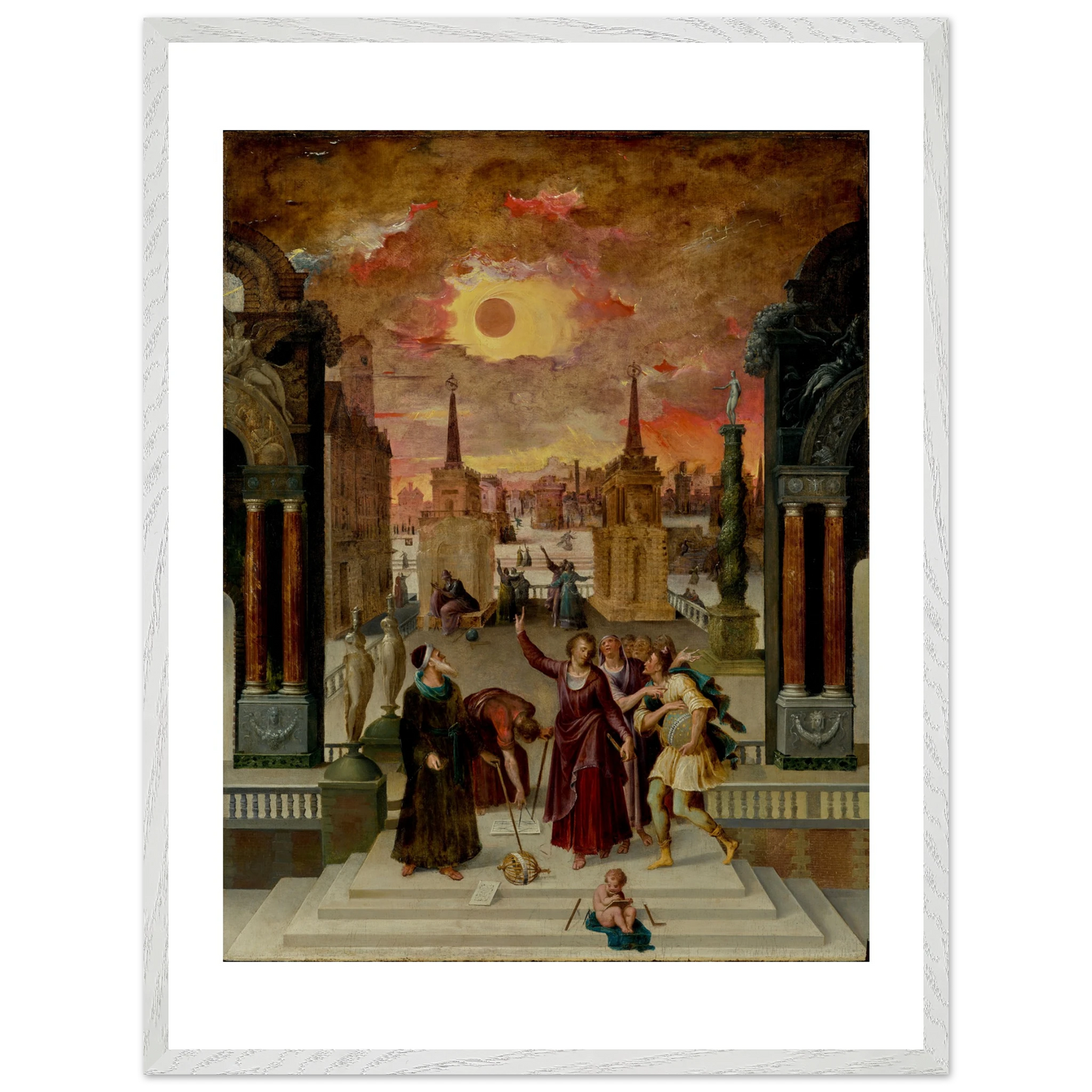
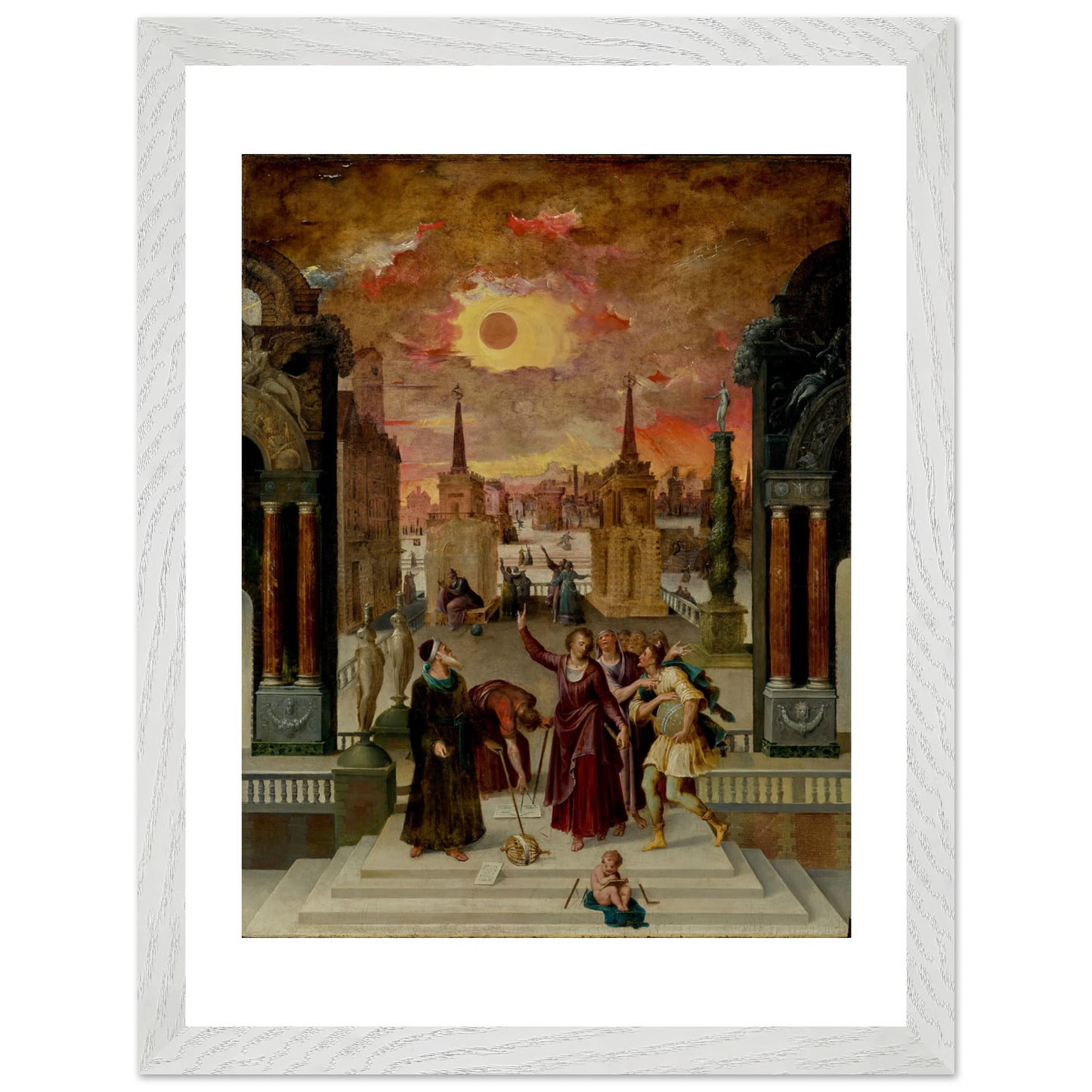
Fast, Trackable Delivery. Wherever You Are 🌍
Made & shipped from 9 global print hubs
Our smart routing system picks the closest production centre to you for speed and sustainability in UK, US, Canada, France, Germany, Netherlands, Norway, Spain, Sweden.
Quick-turn dispatch
Prints leave the studio in 1-3 business days, then typically arrive in:
UK: 3-4 days | US: 4-6 days
Canada: 5-6 days | EU: 3-5 days
Rest of world: ≈ 14 business days
Trusted carriers only
Royal Mail, DHL, UPS, FedEx, Parcelforce, PostNL, Asendia, EVRi, Posten & more—all fully trackable.



